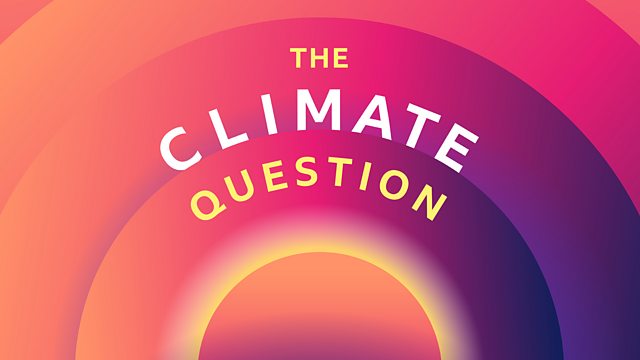Lakshadweep, which is a land in the deep Arabian Sea and is a part of the Indian Subcontinent, is recognised as the smallest Union Territory of India. The UT has one Lok Sabha constituency which is reserved for Scheduled Tribes (ST).
Lakshadweep is a Lok Sabha / Parliamentary constituency in region of Lakshadweep in South India. This semi-urban scheduled tribe constituency has an estimated Scheduled Caste population of 0% and a Scheduled Tribe population of 94.8%. The estimated literacy level of Lakshadweep is 92.28%. In the 2019 Lok Sabha elections, there were a total of eligible electors and the voter turnout was calculated at %. The seat went to the polls on Phase 1 on Thursday, April 11, 2019. […]
There are in all 27 islands 3 reefs and 6 submerged sand banks. Only 10 islands are inhabited. The islands lie directly in the trade route between Africa Arabia and Malabar. The islands have been formed by polyps who are the architects and engineers of these atolls (a chain of islands formed of coral). The total area of the territory is 32 sq.kms. The erstwhile group of islands knows as the Laccadive, Amindivi and Minicoy group of islands was constituted into a Union Territory in 1956 and renamed as Lakshadweep in the year 1973. It is a uni-district territory with its headquarters at Kavaratti.
Malayalam is spoken in all the islands except Minicoy where people speak Mahl, which is written in Divehi script and is spoken in Maldives also. The entire indigenous population because of their economic and social backwardness has been classified as Scheduled Tribes. According to the Scheduled Castes and Scheduled Tribes list (Modification Orders), 1956, the inhabitants of Lakshadweep who and both of whose parents are born in these islands are treated as Scheduled Tribes. There are no Scheduled castes in this Union Territory.
According to the 2001 Census, Lakshadweep has a population of 60650 persons, 95% are follower of Islam and classified as scheduled Tribe due o geographic isolation and economic backwardness. This U.T. is unidistrict & has one Parliamentary seat i.e. in Lok Sabha and is reserved seat for Scheduled Tribe. Out of the total population of 60650, 31131 are males and 29519 females. […]
Source: “Lakshadweep — State Profile”, Office of the Chief Electoral Officer, Administration of UT of Lakshadweep
URL: https://ceolakshadweep.gov.in
Date Visited: 4 February 2023
[Bold typeface added above for emphasis]
Indigenous people represent only about six percent of the world’s population, but they inhabit around a quarter of the world’s land surface. And they share these regions with a hugely disproportionate array of plant and animal life. According to the UN and the World Bank, about 80 percent of our planet’s biodiversity is on land where indigenous people live.
“There is a need to explore the tribal consciousness in the backdrop of climate change, development, and deforestation.” – Deepanwita Gita Niyogi in “India’s Adivasi Identity in Crisis” Pulitzer Center May 27, 2021 | Learn more about climate change and illegal mining | United Nations on climate change | Find free publications on India’s hunter-gatherers in the Unesco Digital Library >>

What is caused (and not caused) by climate change?
How data can help fight a growing tendency by politicians and journalists to overstate the role of climate change| Learn more or listen here >>
Tips for using interactive maps
Toggle to normal view (from reader view) should the interactive map not be displayed by your tablet, smartphone or pc browser
For details and hyperlinks click on the rectangular button (left on the map’s header)
Scroll and click on one of the markers for information of special interest
Explore India’s tribal cultural heritage with the help of another interactive map >>